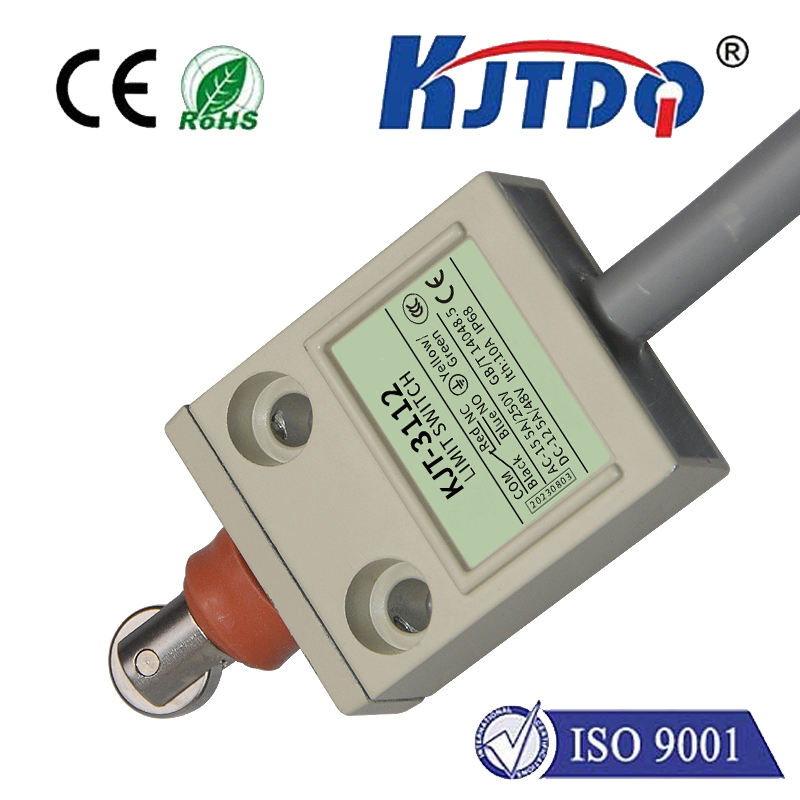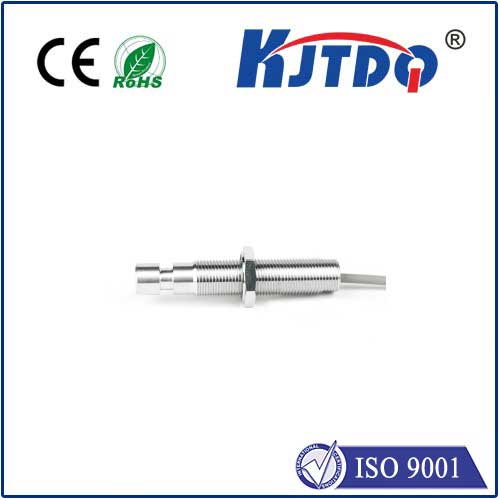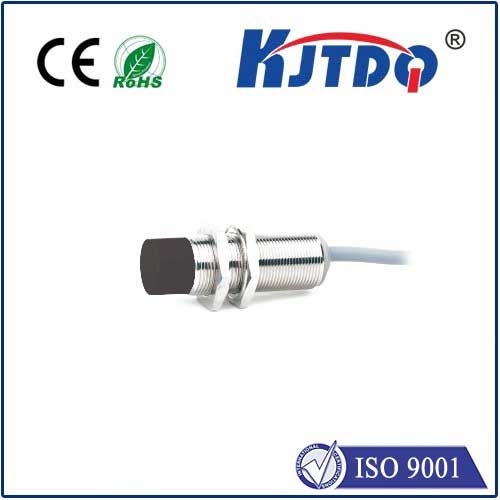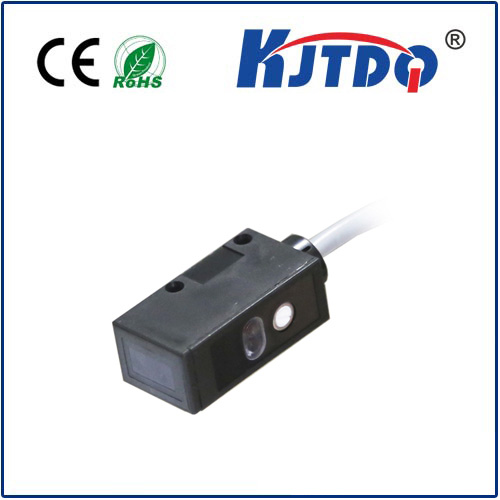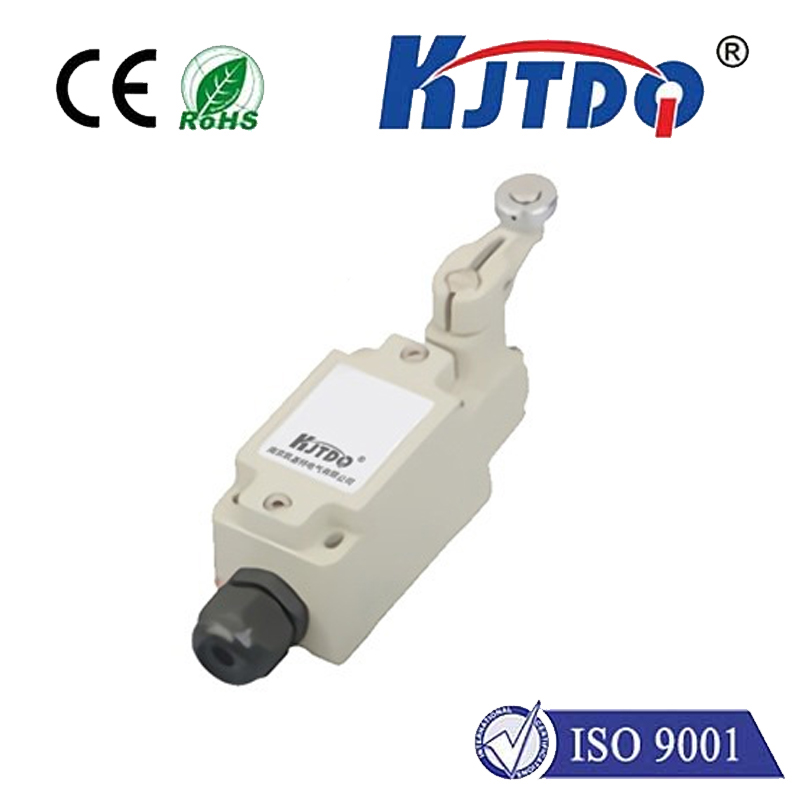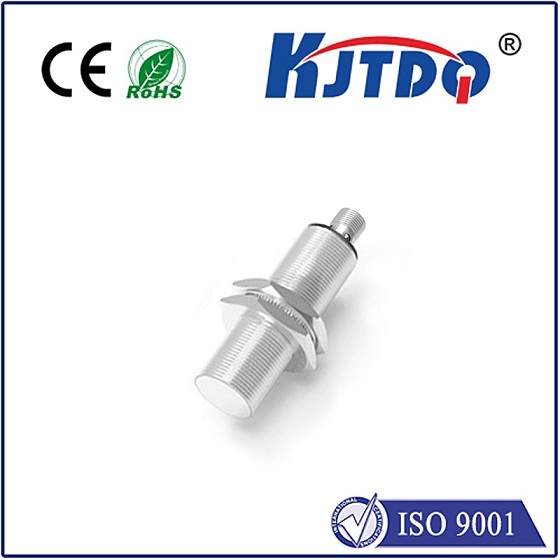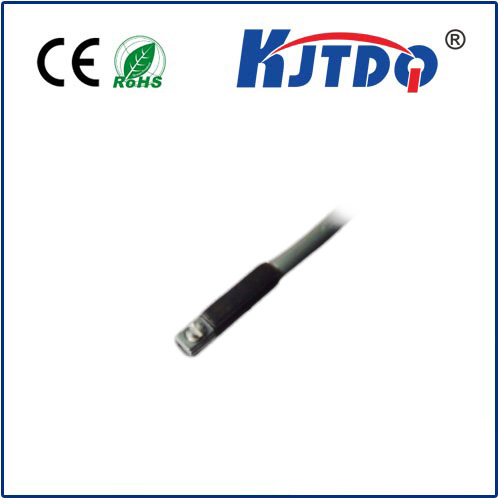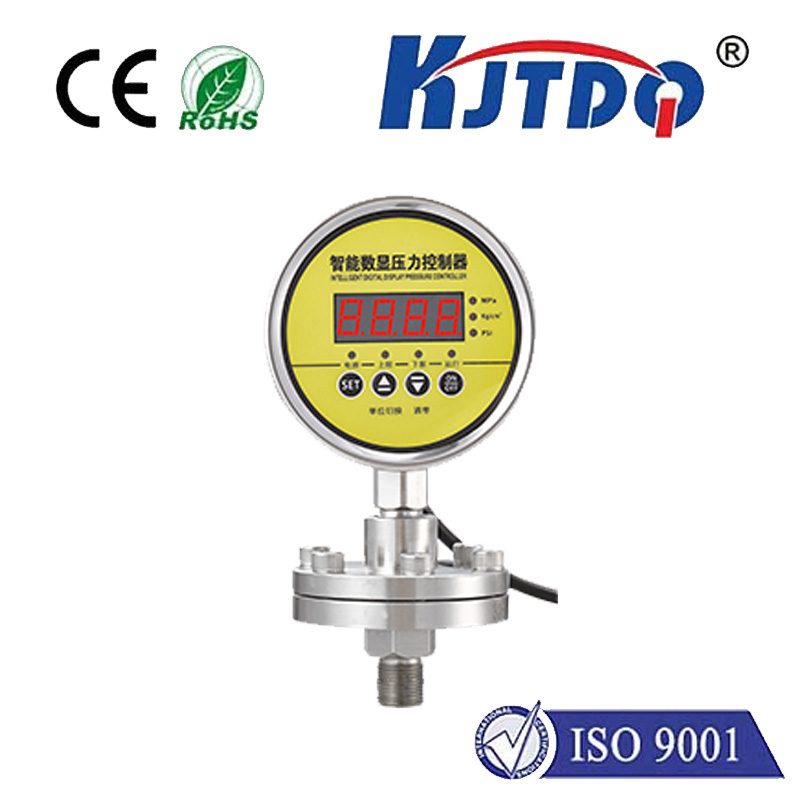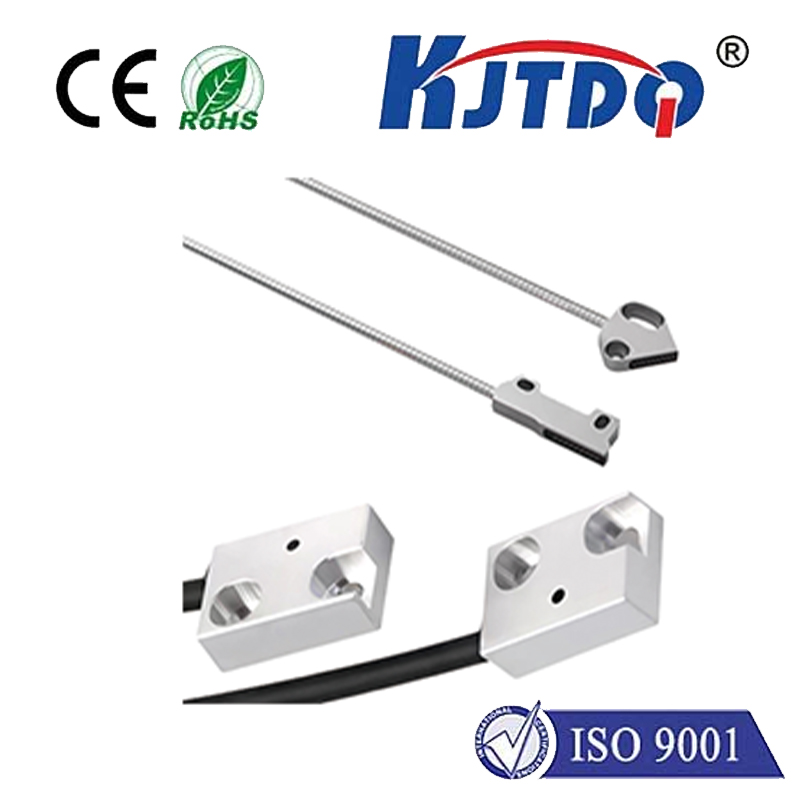photoelectric sensor switch e3jk-r4m1 ac90
- time:2025-09-12 04:35:02
- Click:0
E3JK-R4M1 Photoelectric Sensor Switch: Robust AC90V Detection for Demanding Applications
Imagine a factory floor humming with activity. Materials move swiftly along conveyors, robotic arms place components with precision, and packaging lines operate at lightning speed. Now, picture what happens if a crucial component is missing, a package jams, or an object is out of position. Downtime, inefficiency, potential damage. This is where reliable, rugged sensing becomes the unsung hero of industrial automation. Enter the E3JK-R4M1 photoelectric sensor switch, specifically designed to operate on a versatile AC90V power supply – a stalwart solution for countless detection challenges where accuracy and resilience under harsh conditions are non-negotiable.
Unpacking the E3JK-R4M1: Diffuse Reflection Powerhouse
At its core, the E3JK-R4M1 belongs to the family of diffuse-reflective photoelectric sensors. Unlike through-beam sensors requiring separate emitter and receiver units, this model integrates both components into a single, compact housing. It works on a straightforward principle:
- Emitter: A built-in LED (typically infrared or red visible light) projects a beam.
- Reflection: When an object enters the detection zone, it reflects a portion of this light back towards the sensor.
- Receiver: The sensor’s internal receiver detects this reflected light.
- Output Switching: Once the reflected light intensity surpasses a preset threshold (adjusted by the built-in sensitivity potentiometer), the sensor’s solid-state output switch changes state (from ON to OFF or vice-versa, depending on the configuration – Light ON/Dark ON).
The beauty of the diffuse-reflective design like the E3JK-R4M1 AC90 sensor lies in its simplicity of installation. Only one device needs mounting and wiring, significantly reducing setup time and complexity compared to through-beam alternatives. This makes it ideal for applications where mounting a receiver opposite the emitter is impractical or impossible.

Key Features Defining the E3JK-R4M1 AC90V Advantage
What sets the E3JK-R4M1 apart, especially with its AC90V rating? Let’s delve into its defining characteristics:
- Robust AC90V Power Supply: The ability to operate directly on 90V AC is a major asset. This voltage is commonly available in many industrial settings, especially legacy machinery or control panels. This direct compatibility eliminates the need for additional power converters or DC power supplies, simplifying system design and reducing component count. It plugs right into existing AC infrastructure.
- Solid 4-Meter Sensing Range: Offering a reliable 4-meter (approx. 13 feet) detection distance, the E3JK-R4M1 provides ample flexibility for positioning. It can detect objects reliably over significant distances, accommodating various machine layouts and guarding requirements.
- NPN or PNP Output Configuration: This sensor typically offers interchangeable output types. NPN (sinking) and PNP (sourcing) outputs provide compatibility with a wide range of Programmable Logic Controllers (PLCs), counters, timers, and other control systems found globally, making it a versatile choice.
- Built-in Sensitivity Adjustment: A potentiometer on the sensor allows fine-tuning of the detection threshold. This is crucial for adapting to different target materials (dark, shiny, transparent), surface finishes, or varying environmental light conditions, ensuring consistent and reliable operation.
- Compact and Durable Housing: Engineered for demanding industrial environments, the E3JK-R4M1 features a rugged housing. Crucially, it boasts an IP67 protection rating. This signifies excellent resistance against dust ingress and protection against temporary immersion in water (up to 1 meter for 30 minutes). It can withstand washdowns, oil mist, dust, and vibrations common in factories, warehouses, and processing plants. Durability is paramount.
- LED Status Indicators: Clear visual indicators typically show both power status (steady) and output activation (flashing), simplifying commissioning, troubleshooting, and operational monitoring.
Where the E3JK-R4M1 AC90 Sensor Excels: Real-World Applications
The combination of its detection method, ruggedness, straightforward AC power requirement, and good sensing range makes the E3JK-R4M1 photoelectric sensor incredibly versatile. Here are prime examples of its application:
- Conveyor Line Object Detection: Verifying the presence/absence of boxes, cartons, bottles, or parts on moving conveyor belts to trigger downstream processes (sorting, filling, labeling) or prevent jams. Its robust design handles dust and vibration.
- Machine Guarding & Safety: Detecting the presence of personnel or objects within restricted zones around machinery. The IP67 rating ensures reliability even in dirty environments. Safety is critical.
- Level Control in Bins/Hoppers: Sensing material levels (e.g., powders, granules, chips) in containers to control filling processes or prevent overflows. Diffuse reflection works well for bulk materials.
- Part Counting & Positioning: Accurately counting items passing a point or confirming parts are correctly positioned before a machining or assembly operation.
- Door/Window Status Monitoring (Industrial): Detecting whether large industrial doors, hatches, or security gates are open or closed.
- Packaging Machinery: Ensuring flaps are folded, cases are present, or products are correctly seated before sealing operations. The reliable 4m range offers flexibility in mounting.
- Presence Verification in Assembly: Confirming components are present on fixtures or pallets before robotic operations commence.
Important Considerations for Optimal Performance
While the E3JK-R4M1 AC90 sensor is designed for reliability, optimal performance requires attention to a few factors:
- Target Characteristics: Highly reflective targets might be detected from slightly farther away, while very dark or absorbent targets require closer proximity and careful sensitivity adjustment. Transparent objects often pose a challenge for diffuse sensors.
- Background: Avoid mounting the sensor where highly reflective surfaces (like metal walls or machinery) are directly behind the intended target area, as this can cause false triggering. Background suppression variants exist for such cases, but the standard E3JK-R4M1 relies on sensitivity tuning and physical mounting angle.
- Environmental Light: While designed to minimize interference from ambient light, extremely strong direct sunlight or intense artificial light shining directly into the receiver can potentially disrupt operation. Mounting position and sensitivity adjustment mitigate this.
- Mounting Stability: Ensure the sensor is securely fastened. Vibration can affect stability if not mounted properly.
- Wiring: Carefully follow the manufacturer’s wiring diagram for the specific output type (NPN or PNP) and ensure correct connections to the AC90V power source and load device. Proper installation is key.
Conclusion: The Enduring Value of a Rugged Workhorse
The E3JK-R4M1 photoelectric sensor switch operating on AC90V power stands as






